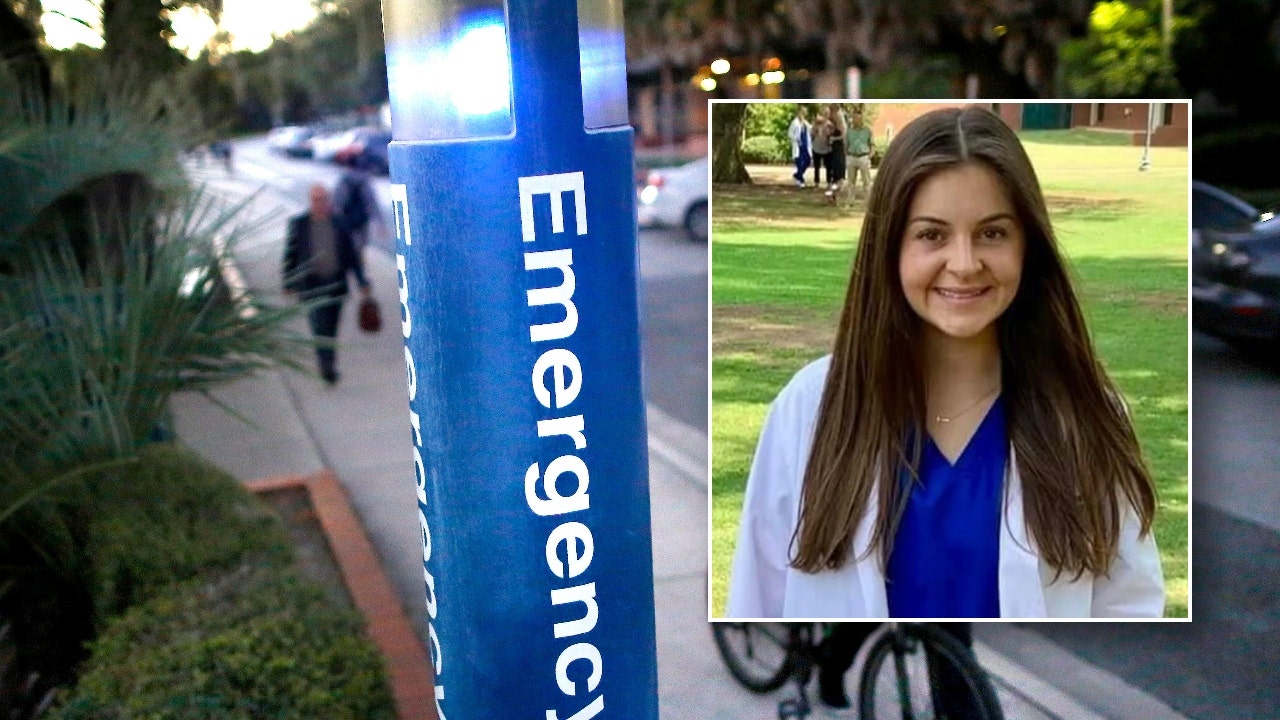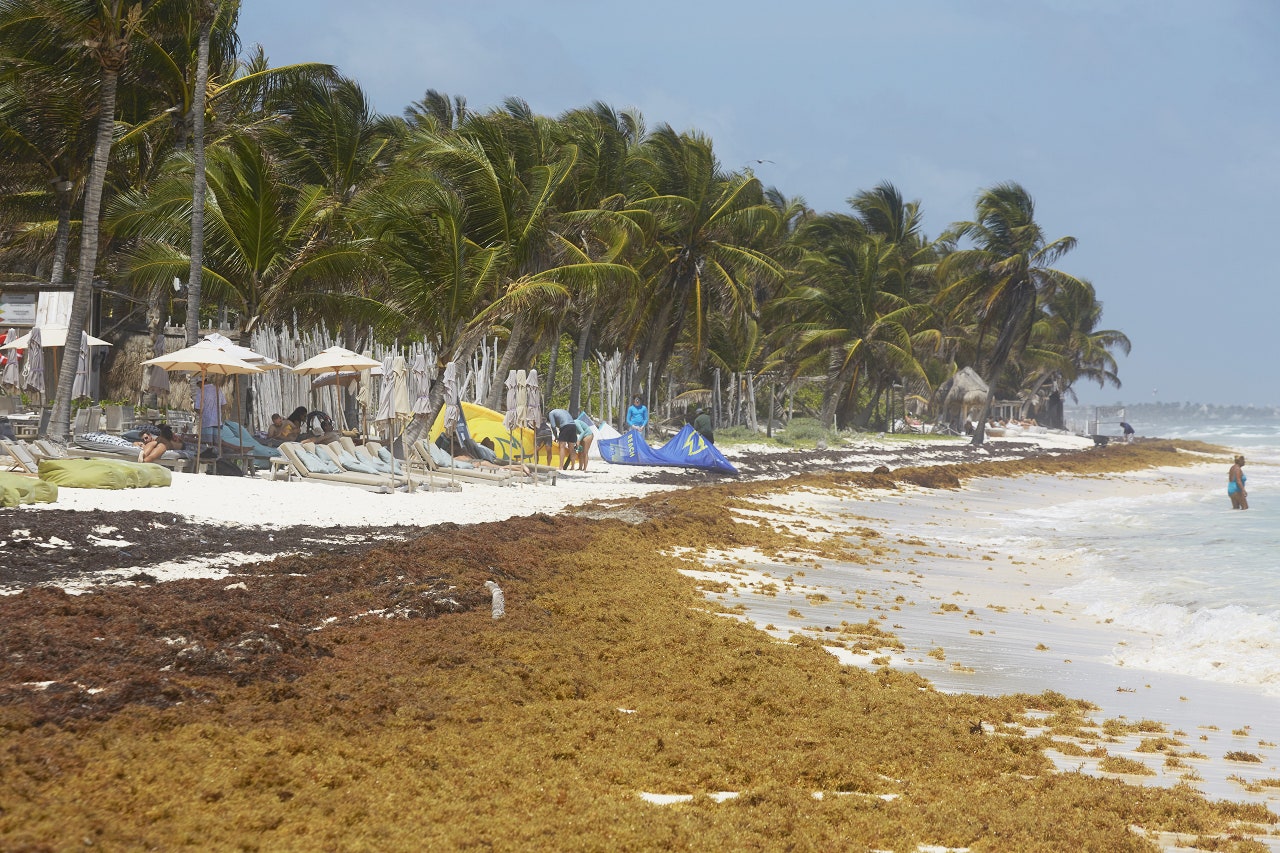Though New York is often thought of as the center of the art world, there’s plenty going on in California.
The New York Times has been covering California’s ambitious museums, top-notch art schools and adventurous galleries for years. Some of my favorite recent articles discussed how the Los Angeles art scene is eclipsing the Bay Area’s, how old San Francisco theaters are rethinking the size of their seats and how San Diego is finally getting its answer to the Hollywood Bowl.
Robin Pogrebin, a longtime arts writer for The Times, moved to Los Angeles from New York last fall to bolster the coverage, reporting on art, architecture, music, theater and cultural institutions in California.
Just this week, she published an article on the Resnicks, an L.A. couple who have made big donations to cultural organizations but have come under scrutiny for their water use, and another on the increasing recognition of Asian artists at the Frieze Art Fair, which opens today in Santa Monica.
I spoke to Robin about her impressions of the West Coast art scene. Here is our conversation, lightly edited:
In such a big state, how do you think about what to focus on?
I had always considered the West Coast an important part of our cultural coverage, given that many important museums and galleries are here and that Los Angeles has a long tradition of producing artists. Hollywood also has the potential to feed the theater and dance worlds, and classical music as well as opera have their own vibrant followings here.
Now that I’m based here, I’m exploring, discovering, learning and responding to what strikes me as newsworthy or interesting. I am out for lunches and dinners every day with people who can help me understand the cultural ecosystem here, attending events almost every night in many different arts disciplines. I’m keeping track of potential trends worth noting and individual stories worth telling.
What do you see as the big themes in the art world on the West Coast?
I’m thinking about how a growing emphasis on diversity and inclusion is changing the cast of influencers — including artists, executives and donors. How cultural organizations are adjusting to the post-pandemic change in audience patterns, with people more likely to stay home and less likely to plan ahead. And how cultural institutions will continue to cultivate new financial supporters and create new models for engaging with audiences.
Why did you decide to write about Lynda and Stewart Resnick, who are big donors to the arts in California?
I’m interested in getting behind the scenes of California culture to better understand the major players creating as well as supporting the visual and performing arts. The Resnicks kept coming up as important philanthropists — not only in having their names on museums like LACMA and the Hammer, but also as big donors to California universities. While the Resnicks have been around for a while, we’d never taken a close look at who they are and where they direct their philanthropic dollars.
I was struck by the line in your article about how L.A. is a city without a long tradition of philanthropy. Why has that been absent in L.A.?
I’ve been asking that question a lot. Whereas in New York, serving on cultural boards comes with significant prestige and people are jockeying to become trustees, in L.A., it has historically been more difficult for arts organizations to recruit active board members who are interested in donating their time and treasure.
People posit several reasons, namely that tech magnates are interested in supporting other issues like health care and that Hollywood moguls are more skittish about parting with their fortunes, given their firsthand experience with the ups and downs of the entertainment industry. There are certainly some big California philanthropists, like Eli Broad, the Chandlers and the Annenbergs, but there seems to be less of a deep bench than there is in New York when it comes to donating large sums to the arts.
What are your initial impressions of life in Los Angeles more generally?
I’m feeling very energized by California. There is clearly a rich universe of creative forces at work — not to mention good food and a varied physical landscape, including ocean and mountains. And everyday stresses are certainly eased by warm sunshine, blue skies and palm trees.
For more:
Tell us
We’ve been compiling our California soundtrack for years, and have captured most of the hits. Which songs do you think still need to be added?
Tell us at CAtoday@nytimes.com. Please include your name, the city where you live and a few sentences on why you think your song deserves to be included.
And before you go, some good news
The Los Angeles Public Library will host its first Plant Day this weekend, an event for all ages celebrating the magic of Earth’s flora.
The event will be held Saturday at the Central Library in Downtown L.A. and will welcome spring with programs including gardening lessons, plant-related art and crafts projects, and keynote speakers.
The library has invited some notable figures to participate. Chaz Perea, the landscape manager for the L.A. Dodgers, and his staff will discuss their recent transformation of the Dodger Stadium grounds into a botanical garden bursting with native California plantings. Jeanette Marantos, a staff writer at The Los Angeles Times who covers plants and gardening, will teach attendees how to plant habitat gardens and discuss why they matter.
All of the talks are free. Learn more about the program on the library site and start planning your day.






